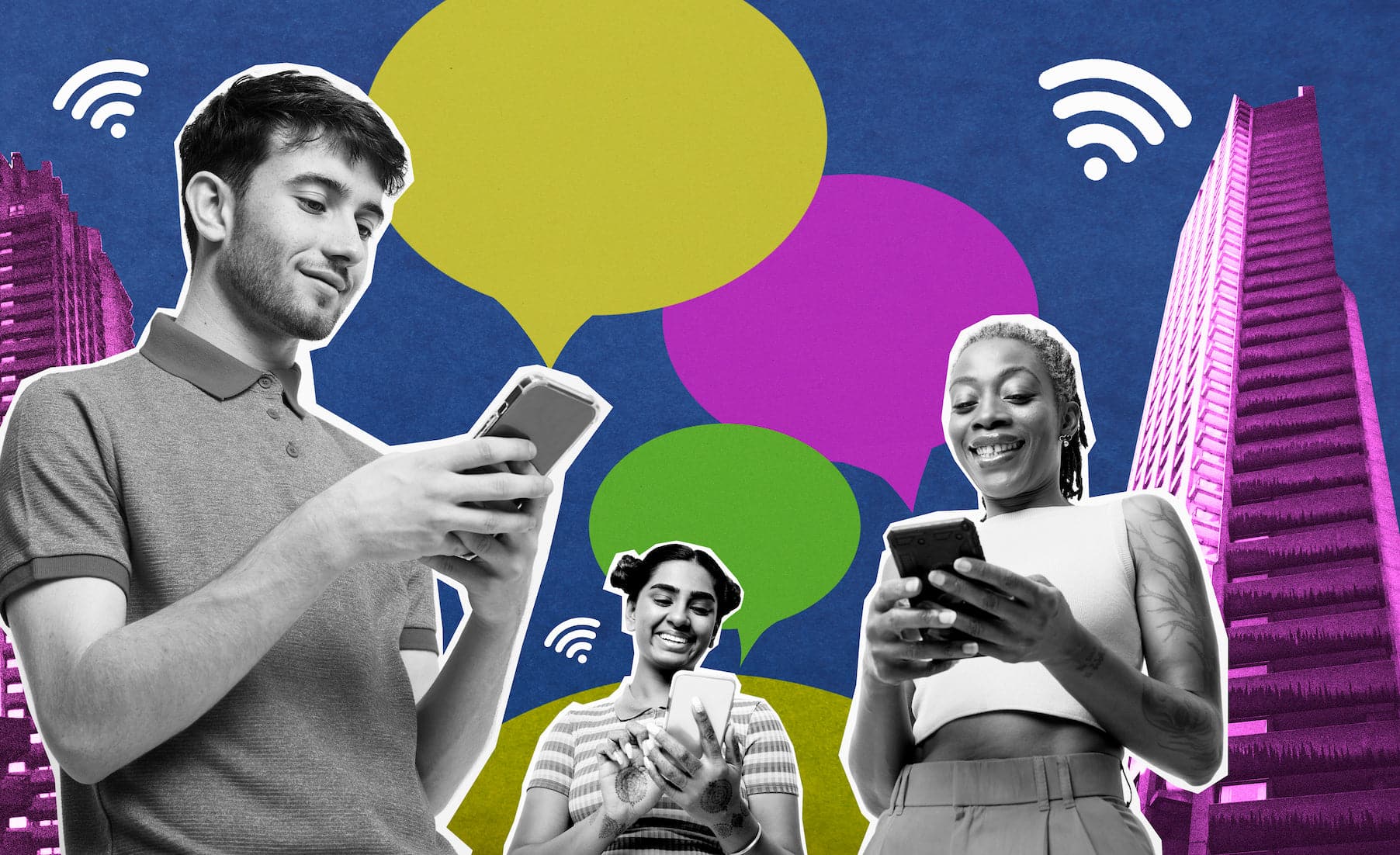Imagine that you ordered an office chair online but after receiving it, you notice that it isn’t the right size because the product description and customer communication were unclear. Now, you’re frustrated — you waited for weeks only to make more work for yourself in having to return it and get a refund.
In situations like the one above, the first person you’ll need to talk to in your frustrated state is customer service — and how they handle the situation will determine if you ever do business with the company again.
As this example shows, customer communication and customer service are one of the most important selling points of any well-known company. For this reason, employee empowerment is important in customer service and communication, since every team member needs to feel able to quickly address customers’ needs.
That’s why we’ve put together some tips and tricks for improving your company’s customer communication for the long term.
Curious about how our solutions can be applied in real-world scenarios?
Learn how we enhance workplace safety, globalization, customer support, and more!
Good customer communication depends on first impressions
According to The Microsoft 2017 State of Global Customer Service survey, 96% of respondents rank customer service as important for choosing loyalty to a company or brand — and just as in life, few things are as important as the first impression.
Good customer communication in these moments relies on employee empowerment — namely, on the ability for team members to put themselves in the customer’s place. This applies to the design of the company’s home page as well — for convenience and ease, after product descriptions, customer service contact information should come right after.
Though email and phone assistance is good, adding a chat function can help make a good first impression because it can help solve problems immediately and without much friction. Still, caution is warranted here: good customer service is about feeling seen and heard by others, so chatbots should only give automatic answers up to a certain point. Nothing is more frustrating than communicating with an artificial intelligence that doesn’t really care about your problem.
In all, ensuring that your customer communication is empathetic, quick and helpful are great ways for your customer service to make a good first impression — and good technology and design can help.

Use social media for quicker customer communication
In the hopes of getting quick answers, more and more customers are turning to company accounts on social media. In fact, 67% of consumers have already used a company’s social media account for customer service. From Twitter to Instagram and LinkedIn, everywhere your company appears online is an opportunity to form a relationship with customers.
In developing customer communication strategies for these platforms, remember that you don’t have to be overly formal or extensive in your planning — you just have to be quick. While employee empowerment in customer service is a great strategy for in-person support, things like chatbots or even clear branding, product descriptions and messaging can go a long way before actual team members need to get involved.
Curious about Babbel for Business?
Book a demo now and let us show you how our platform can transform your business.
The best customer communication happens over the phone
As mentioned, there’s no AI that can replace human contact — just like there’s no better channel for customer communication than over the phone (except an in-person meeting, perhaps, though this is often not possible). While many companies now rely more on written communication in customer service, some problems are better solved through direct discussion.
Adopting a more direct customer communication strategy makes it important that all parties on a call understand each other. If the customer speaks a different language, your customer communication should ideally happen in their native language — of course, many people feel uncomfortable speaking a different language on the phone or lack the necessary language skills to do so.
Employee empowerment through language learning is a good way to close this gap, and Babbel for Business can offer ideal support for your team. Our language courses are specially designed for quick progress toward speaking a new language. Particularly in the virtual group lessons with qualified teachers, for example with Babbel Live, new language skills can be learned quickly.
Customer communication starts and ends with good team work
While all the above are valuable customer service tips, none of them are very helpful without employee empowerment, or if your team isn’t motivated by their work. Entrepreneur Richard Branson sums it up this way:
“Clients do not come first. Employees come first. If you take care of your employees, they will take care of the clients.”
If your customer service team is satisfied, they can respond to customers’ requests with empathy and care. In customer communication, that tone has positive, proven effects on your brand and your company. After all, a happy customer service team can create win-wins for everyone involved.

Ready to see our solutions in action?
Schedule your personalized demo today and discover how we can elevate your team’s learning experience!







